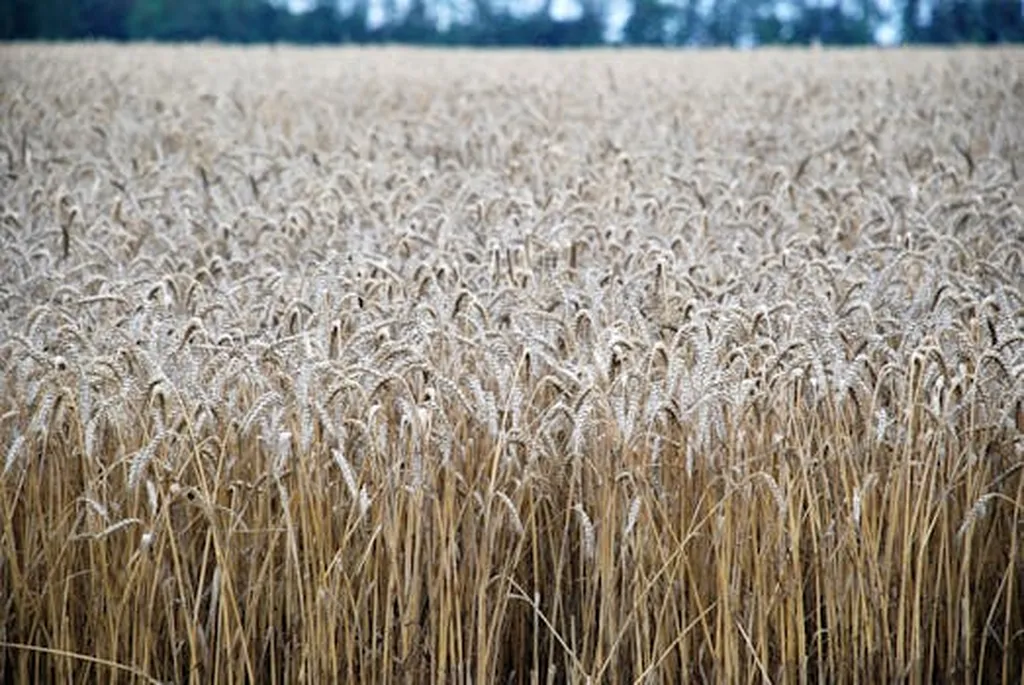In the vast agricultural heartland of China’s Huang-Huai-Hai region, a groundbreaking study is set to revolutionize winter wheat yield estimation, offering a promising boost to the agriculture sector. Researchers, led by Qiang Wu from the State Key Laboratory of Loess Science at Chang’an University, have developed a novel approach that leverages phenological zoning and multi-source data to enhance yield prediction accuracy.
The study, published in the journal *Remote Sensing*, introduces a phenological zoning-based framework that divides the Huang-Huai-Hai region into four distinct winter wheat phenological zones. This zoning is based on remote sensing data collected from 2016 to 2021, which revealed a consistent spatio-temporal gradient in wheat phenology. “We found that winter wheat develops later in the northern areas and earlier in the southern parts of the region,” explains Wu. “This gradient is remarkably stable over the years, with the median day of year for the heading stage varying by only about 4 to 5 days across the zones.”
Building on this phenological zoning, the researchers developed a multi-source data-driven random forest model for wheat-yield estimation. This model integrates remote sensing vegetation indices, crop growth parameters, and climatic factors during the wheat grain filling stage. The results are impressive: the phenological zoning model significantly outperforms non-zoning models, with R² values ranging from 0.54 to 0.68 and relative root mean square errors (RRMSE) below 12.50%.
The commercial implications for the agriculture sector are substantial. Accurate yield estimation is crucial for farmers, agribusinesses, and policymakers, enabling better decision-making regarding resource allocation, market strategies, and food security planning. “Our model provides a more reliable and stable prediction of wheat yields,” says Wu. “This can help farmers optimize their practices and reduce economic risks associated with yield variability.”
The study also highlights the importance of phenology in regional-scale yield estimation. Traditional agricultural zoning and provincial administrative zoning models were found to be less effective than the phenological zoning approach. This underscores the need for more nuanced, data-driven methods in agricultural monitoring and management.
Looking ahead, this research could shape future developments in the field by encouraging the adoption of phenology-based approaches in other crops and regions. As Wu notes, “Our framework can be adapted and applied to other crops and geographical areas, potentially transforming how we monitor and manage agricultural yields globally.”
In an era where precision agriculture and data-driven decision-making are becoming increasingly important, this study offers a robust methodological foundation for fine-scale yield monitoring. By harnessing the power of remote sensing and multi-source data, the agriculture sector can look forward to more accurate, reliable, and stable yield predictions, ultimately contributing to a more sustainable and secure food future.

